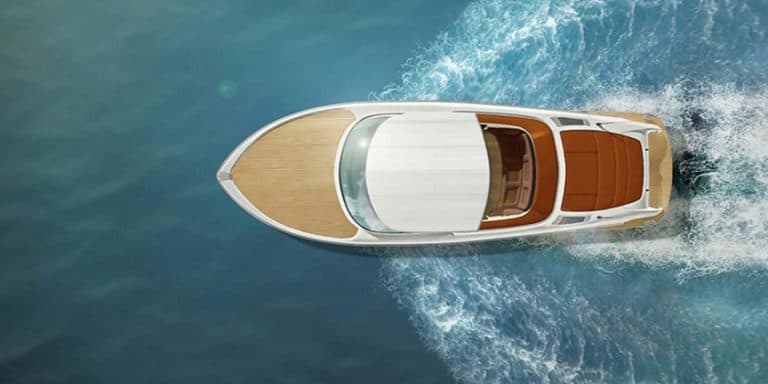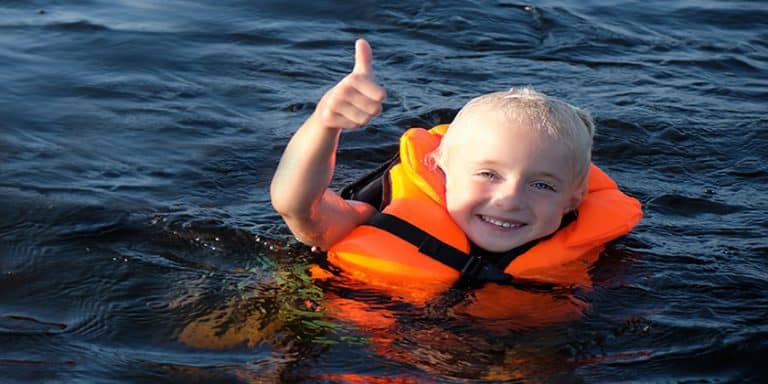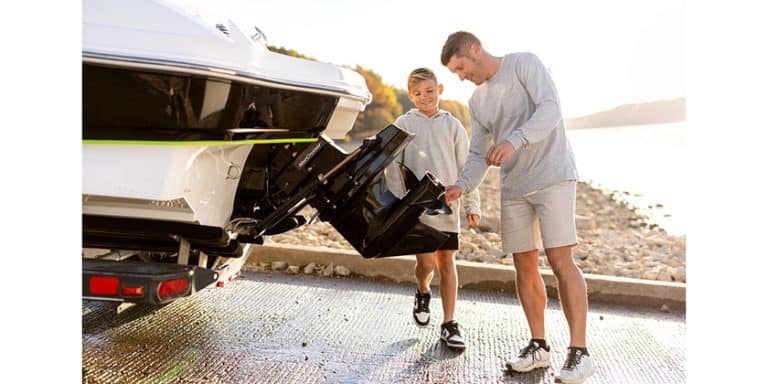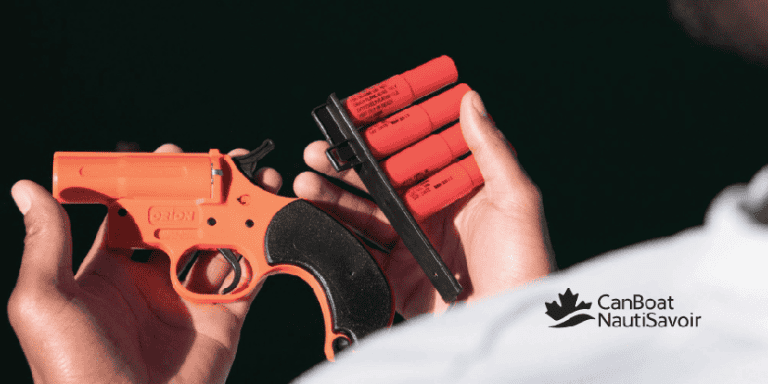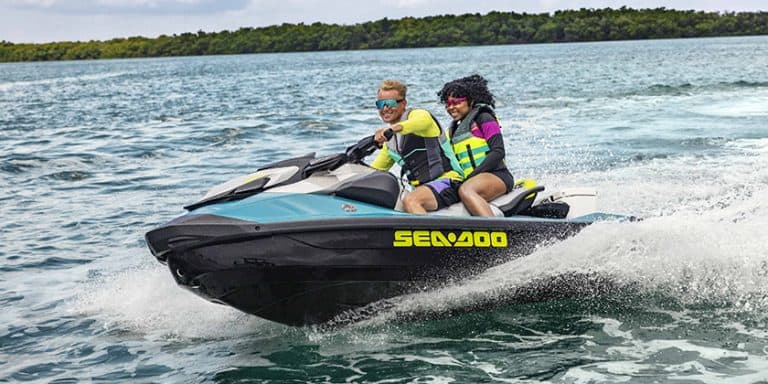Marine Binoculars: A Shopper’s Quick Guide
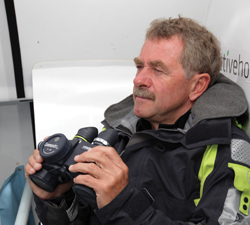
By Elizabeth Kerr
While the Office of Boating Safety, Transport Canada surprisingly does not list binoculars as part of its mandatory safety equipment, we would suggest that having a good pair on board just makes good sense.
Binoculars designed specifically for marine use are traditionally stronger in structure and are, of course, waterproof – or should be. In fact, some models even float. Today, we are going to highlight the key criteria for selecting a pair of binoculars as well as share a few neat features and accessories.
Most chandleries carry marine-friendly models. Of course, you can always buy online. But we suggest you try before you buy. Like eyeglasses, fit and comfort do a play a role.
Whether a bright sunny day with flat waters or a stormy day with three-foot waves, your binoculars will have to sustain a few knocks. Durability is key. Although experts say that there is no such thing as a 100% shockproof set of binoculars, some are definitely more rugged that others. Look for armours made of rubber that provide a variety of grips and textures. A well-treaded armour makes your binoculars easier to hold in rough waters and wet weather.
It’s assumed that all marine-grade binoculars are waterproof. Make sure, however, that the model you choose carries a waterproof seal. Like with watches, weather-resistant does not necessarily mean waterproof. Leak-free and fog-free features are a must!
Whether manoeuvering around a harbour or navigating our lakes and oceans – where your target is not rapidly changing its proximity – many seafarers favour individual focus models. If you expect to use your binocular more or less constantly or for extended periods, you’ll want a model that allows the focus to be customized for your eyes. Sore eyes and headaches are neither fun nor necessary and adjusting the focus for your own eyes will prevent them. If your heart is set on an auto focus instrument, we recommend that you find one that allows for adjustment for both eyes. There are many auto-focus models with individually adjusted eyepieces.
Magnification is also critical. Don’t be fooled by ‘more is better.” This is not always the case. The magnification of your binoculars should reflect the task for which they have been purchased. With higher magnification, brightness decreases because the available light is spread over a greater area. Objects are harder to find and keep centred because the field of view is reduced. In some cases, motion becomes more pronounced losing obvious effectiveness.
During World War II, the 7×50 earned the name “night glass” for its ability to offer as bright an image as could be obtained in a reasonably sized binocular. It is no wonder then that the most common marine binocular in production today is the 7×50.
ADDITIONAL FEATURES
Floatable
There are floating models so if you do happen to drop them in the water, you can easily pick them up without worrying your investment has sunk.
Built-in Compass
There is no doubt that when looking through binoculars for a buoy or marker being able to take a bearing at the same time makes practical sense.
Rangefinder
This feature allows calculation of the distance to an object if its height is known or calculation of height if its distance is known.
Image Stabilization
Image stabilized binoculars are designed to minimize image shaking in hand-held binoculars. Higher power binoculars bring the image closer, but the image shift is also greater with even smaller movement of your hands. Image stabilization technology in binoculars ensures instant adjustment of the image to compensate for the motion.
ACCESSORIES
A binocular harness system is the best way to carry binoculars. Most designs offer very comfortable straps and prevent your binoculars from swinging out.
For storage on boats, a hard case ensures your binoculars are protected.
Attached lens caps ensure you’re not fumbling with your lens caps when that once-in-a-lifetime view appears, nor worrying that you’ll drop them in an emergency.
Obvious for crystal clear viewing all the time, make the small investment in a cleaning kit. Most kits include a durable neoprene bag that includes a brush that’s been engineered to clean any lens safely; a scientifically designed cloth to remove fingerprints and smudges from the lens surface; and a lens cleaning tissue for more aggressive cleaning.
Tripod mounts allow you to adapt to a standard tripod, window mount or mono-pod. Usually threaded in standard ¼”/20 on both the bolt and mount side, most mounts will fit most binocular models.
Final thoughts:
1) Ask your trusted fellow seafarers what they use.
2) Buy from an established marine dealer or chandlery.
3) Buy from a manufacturer with a good reputation.
By Elizabeth A Kerr

